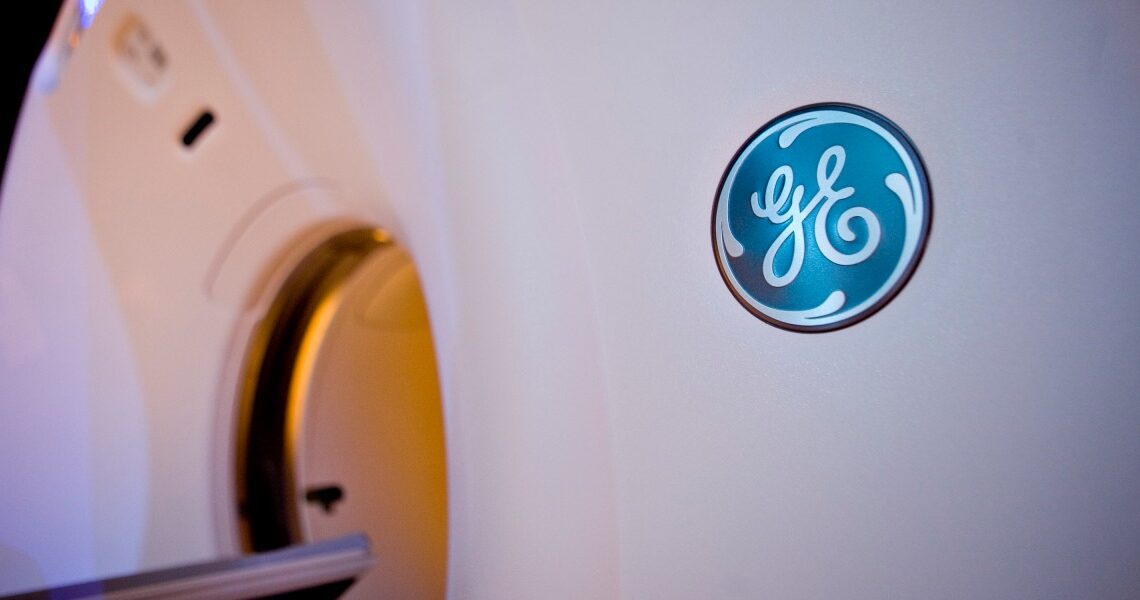“I’ve been with GE Healthcare now for two years,” CFO Helmut Zodl tells me. “And really my motivation to come here was to prepare the company and do the spinoff.” So attending GE Healthcare’s first investor day conference in New York City on Thursday felt like “being in the Super Bowl or the World Cup finals,” he says.
Originally from Austria, Zodl has worked globally in finance for the past 25 years. His vast experience includes various finance and divisional CFO roles at both Lenovo and IBM over the course of 15 years, he says. Now, he’s finance chief of the health care spinoff of the industrial conglomerate General Electric and navigating it into a new era.
GE Healthcare, which produces medical imaging equipment and tech devices, is expected to begin trading on Nasdaq on Jan. 4, under the ticker GEHC. Last month, the board of directors approved the spinoff, and a distribution to GE shareholders of at least 80.1% of the outstanding shares of GE Healthcare. For every three shares of GE stock an individual currently owns, they will receive one share of GE Healthcare.
In 2021, GE had a total revenue of $72.4 billion. The health care spinoff is the first step of GE’s plans to separate into three public companies. It plans to combine its renewable energy, power, and digital into one business, in early 2024. And then GE will become “an aviation-focused company shaping the future of flight,” according to the company.
I asked Zodl if going it alone in this macroenvironment is a concern.
Looking back at the 2000 dot com crash, or the recession in 2008, “our industry is quite stable, even during economic downturns” he says. “We are still seeing strong demand with our customers,” he explains. The long-term trends GE Healthcare sees include an aging population in a growing middle class with the need for better care and new types of medicines coming to the market, he says. “People still have to go to emergency rooms,” Zodl says. “People still have to do procedures.”
However, Zodl does have a recession playbook, which includes optimizing cost structure to fulfill customer demand, and ensuring there’s enough liquidity. “We’re going to be spinning off with strong liquidity—$1.8 billion cash on the balance sheet and a $3.5 billion facility that really will help us in case there will be a slowdown.”
Four areas—imaging, ultrasound, patient care solutions, and pharmaceutical…
Click Here to Read the Full Original Article at Fortune | FORTUNE…


